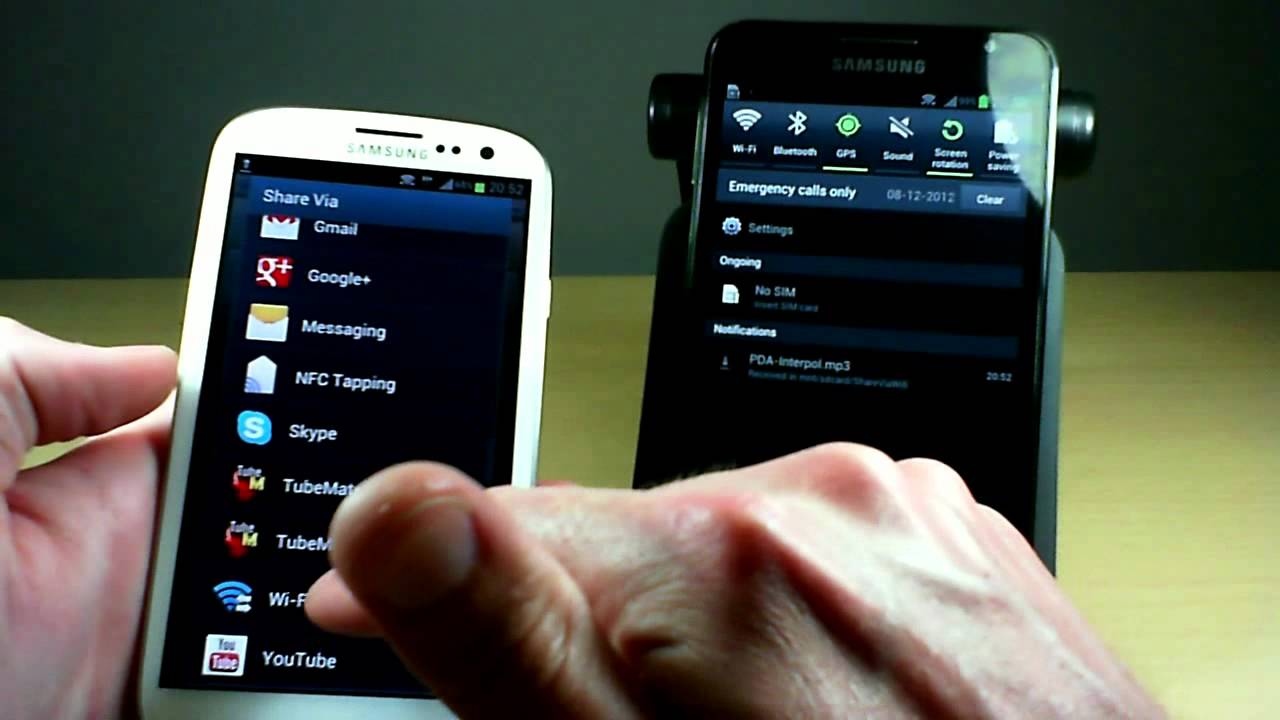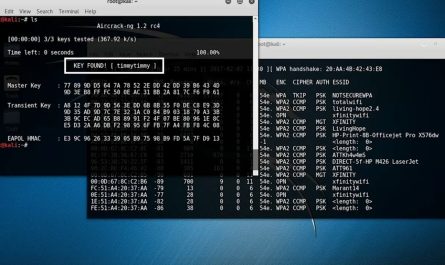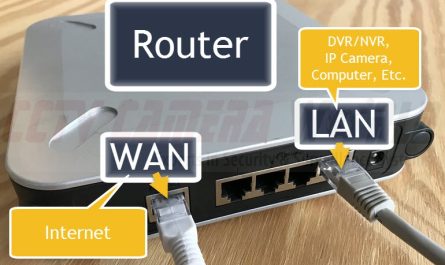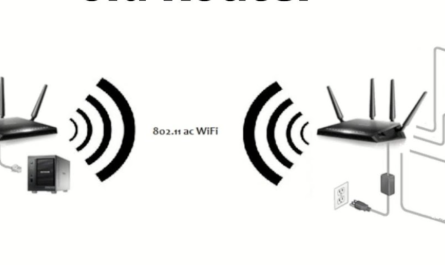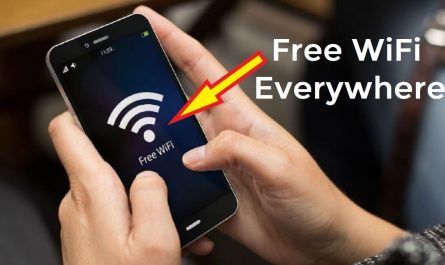A Wi-Fi hotspot is a physical location that offers Internet access over a wireless local area network (WLAN) through the use of a router connected to a broadband Internet service. Public places such as coffee shops, libraries, and hotels often provide free access to their Wi-Fi hotspots. However, some locations charge for use of their Wi-Fi hotspots.
Wi-Fi Direct (also known as peer-to-peer or P2P) allows two devices to establish a direct Wi-Fi connection without requiring a wireless router. Instead of using an access point, which acts as a central hub for connecting multiple devices to the Internet, Wi-Fi Direct connections are made between devices without going through an intermediary.
A Wi-Fi hotspot is a physical location where people can access the Internet wirelessly. Hotspots typically use an existing wireless network to provide Internet access to devices such as laptops, tablets, and smartphones. Wi-Fi Direct is a technology that allows two devices to connect to each other directly without the need for an intermediate device, such as a router.
:max_bytes(150000):strip_icc()/001-how-to-use-wifi-direct-4685655-9a9dea8bed7e4c108a41d6c04b0a4d2d.jpg)
Credit: www.lifewire.com
Is Wi-Fi Direct Same As Hotspot?
Wi-Fi Direct and hotspots are two very different things. Hotspots are essentially public networks that anyone can join, while Wi-Fi Direct is a private network that requires an invitation from the person who created it. Hotspots are convenient because they’re everywhere, but they’re also not very secure.
Anyone can join a hotspot, which means that people could be snooping on your traffic. Wi-Fi Direct, on the other hand, is much more secure since only invited users can join the network. So, to answer the question, no, Wi-Fi Direct is not the same as a hotspot.
What is the Difference between Wi-Fi And Wi-Fi Direct?
Wi-Fi and Wi-Fi Direct are both wireless technologies that allow devices to connect to the internet wirelessly. However, there are some key differences between the two. Wi-Fi is a technology that allows devices to connect to a router or other access point in order to access the internet.
Wi-Fi Direct is a technology that allows devices to connect directly to each other without the need for a router or access point. One of the main advantages of Wi-Fi Direct is that it can be used in situations where there is no Wi-Fi network available. For example, if you want to transfer files between two computers, you can use Wi-Fi Direct instead of connecting them both to a Wi-Fi network.
Another advantage of Wi-Fi Direct is that it tends to be faster than traditional Wi-Fi because it has less overhead. However, this speed advantage depends on the devices that are being used and how they’re configured. In general, Wi-Fi Direct is best suited for short range transfers between compatible devices while traditional Wi-Fi works better for longer-range connections.
What’S the Point of Wi-Fi Direct?
Wi-Fi Direct is a technology that allows two devices to connect to each other directly, without the need for an intermediate access point. This can be useful in situations where you want to connect two devices but there is no Wi-Fi network available, or if you want to avoid using up your mobile data allowance by connecting through a 3G or 4G connection. There are two main benefits of using Wi-Fi Direct: convenience and increased security.
Convenience: Wi-Fi Direct removes the need for fiddly cables or having to set up a ad hoc network every time you want to transfer files between two devices – it’s just as easy as connecting to a regular Wi-Fi network. You can also use Wi-Fi Direct to connect devices that don’t have built-in Wi-Fi, such as digital cameras and printers, by using a special adapter that plugs into their USB port. Increased security: When you connect two devices together using Wi-Fi Direct, they create a secure connection that is resistant to eavesdropping from third parties.
This makes it ideal for transferring sensitive data, such as financial information or confidential business documents.
Is Wi-Fi Direct Better Than Hotspot?
If you’re looking for a way to connect your device to another without using any wires, then you might be wondering if Wi-Fi Direct is better than hotspot. Here’s a look at the pros and cons of each method to help you decide which is best for you.
Wi-Fi Direct Pros:
1. No need for an Internet connection – Wi-Fi Direct doesn’t require an Internet connection, so it’s ideal if you’re in an area with patchy or no coverage.
2. Faster speeds – Wi-Fi Direct offers faster speeds than most hotspots, so it’s great for transferring large files or streaming video.
3. More secure connection – Wi-Fi Direct uses WPA2 encryption, which is more secure than the WEP encryption used by some hotspots.
4. Can connect multiple devices – You can use Wi-Fi Direct to connect up to eight devices at once, whereas most hotspots only allow four or five connections.
5. Easy to set up – Most modern smartphones and laptops support Wi-Fi Direct, so it’s easy to get started without having to install any extra software.
Wi-Fi Direct Cons:
1. Not all devices are compatible – Older devices may not support Wi-Fi Direct, so you’ll need to check before trying to connect them.
What is WiFi Direct ? | How to Transfer File using WiFi Direct | How to use WiFi Direct
What is Wifi Direct Used for
WiFi Direct is a technology that allows two devices to connect to each other without the need for an internet connection. This means that you can transfer files, photos, and other data between two devices without using up your data plan. WiFi Direct is typically faster than Bluetooth, so it’s ideal for transferring large files.
Conclusion
A Wi-Fi hotspot is a physical location where people can access the Internet using their wireless devices. Hotspots can be found in public places such as airports, coffee shops, and libraries. Wi-Fi Direct is a technology that allows two devices to connect to each other without the need for a router or an access point.

